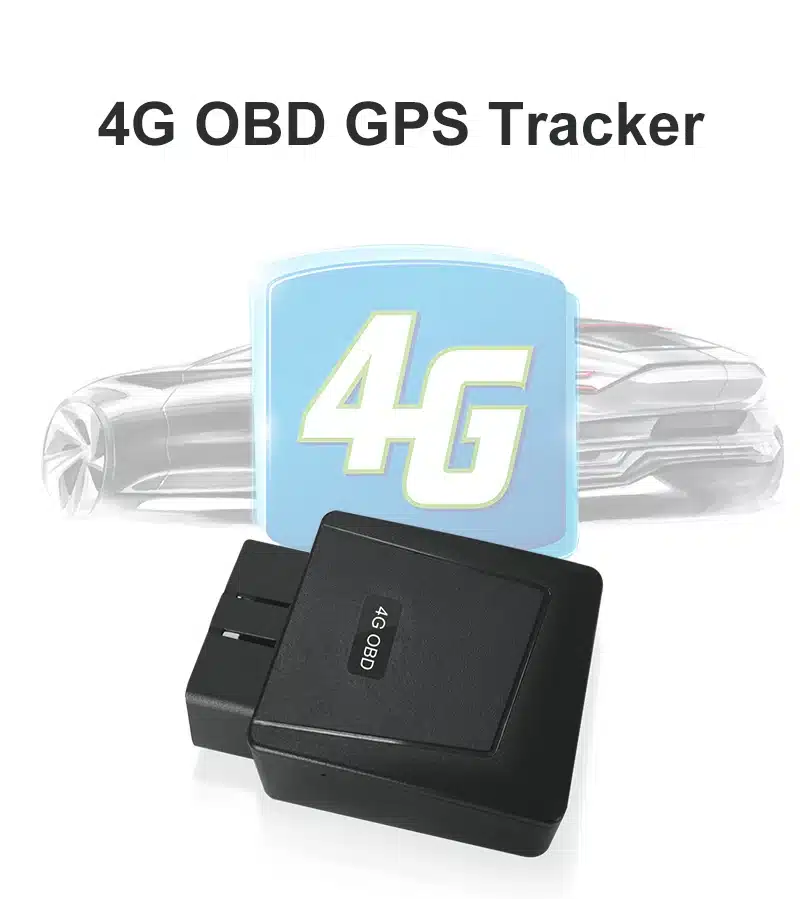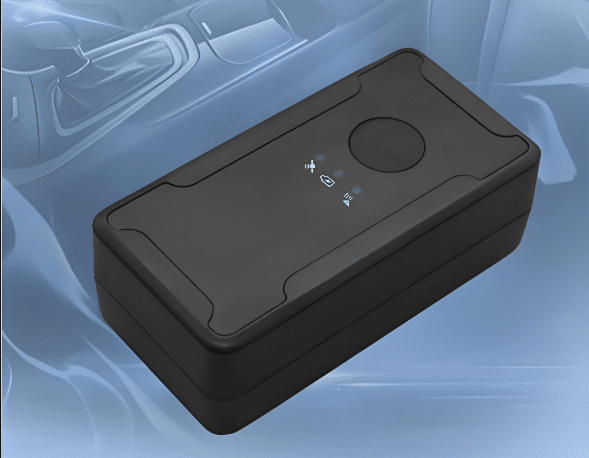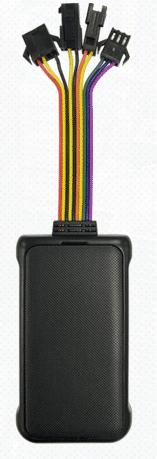How International Insurers Effectively Use OBD Trackers
Across mature markets, insurers have transformed “driving-behavior data” from an OBD Trackers (on-board diagnostics) into a core asset for pricing, risk control and customer engagement. Below are four proven use-cases that create a closed loop from underwriting to claims and retention.

-
Precision Pricing: Linking Premium to Real-Time Risk
• Progressive’s Snapshot (U.S., launched 2009) plugs a small OBD-II dongle under the dashboard and uploads rapid acceleration, hard braking, mileage, etc.
• An algorithm returns a 0–30 % discount. By 2023 the program had collected 1.7 trillion “snapshots,” aligning premium with actual risk.
• Allstate’s Drivewise and State Farm’s Drive Safe & Save follow the same OBD pattern, layering GPS or phone gyroscope data to price “risk per kilometre.” -
Proactive Risk Control: Lowering Frequency and Fraud
• Devices stream speed, sharp-cornering, night-time driving and other high-risk events. Coaching messages via the insurer’s app cut claim frequency by 5–10 % on average.
• At the moment of impact, encrypted g-force, engine RPM and location traces are uploaded, enabling crash-scene reconstruction and staged-accident detection; claim cycle time drops from weeks to days. -
Value-Added Services: Boosting Stickiness & Cross-Sell
• Metromile combines its OBD Trackers with a mobile app to deliver real-time fuel economy, vehicle-health alerts, theft recovery and one-tap roadside assistance. Monthly active users rise three-fold compared with traditional policies.
• Europe’s Insure The Box turns the tracker into a gamified “driving challenge.” Safe drivers exchange earned points for fuel vouchers; renewal rates improve by 12 %. -
Operational Cost Reduction: Hardware-as-a-Service
• 4G/5G OBD Trackers units such as Queclink’s GV500CNA now embed eSIM, Bluetooth and over-the-air updates. Insurers pay only for data or device subscriptions, keeping total cost of ownership below USD 2 per month.
• At scale, the device and connectivity fees are folded into the first-premium instalment; customers install at zero cost, while the insurer can centrally recover and redeploy hardware.
An outstanding OBD trackers must excel in six core dimensions: positioning accuracy, vehicle diagnostics, plug-and-play convenience, security, data capabilities, and scenario adaptability. Drawing on global best practices, here are ten must-have features:
-
Centimeter-to-meter-grade positioning
• Multi-constellation GNSS (GPS + BeiDou + GLONASS), cold-start ≤ 120 s, hot-start ≤ 10 s, horizontal error ≤ 5 m, update rate ≥ 1 Hz. -
Full-protocol, automotive-grade diagnostics
• Compatible with ISO9141-2, SAE J1850, ISO14230-4, ISO15765-4, and SAE J1939; reads VIN, mileage, instantaneous/average fuel consumption, RPM, coolant temp, throttle, DTCs, freeze-frames, and 20+ other ECU parameters. -
True plug-and-play with wide-range power supply
• Standard 16-pin OBD-II connector, 9–36 V input for passenger cars, commercial vehicles, and EVs alike. -
Anti-tamper & stealth security
• Light sensor and accelerometer trigger instant unplug alerts; optional hidden extension cable or locking clip prevents quick removal. -
4G/5G + Bluetooth dual connectivity
• Cat-M1/NB-IoT for low-power wide-area coverage; Bluetooth 5.0 for local config and offline buffering. -
Ultra-low power & battery protection
• Sleep current < 3 mA after ignition off; intelligent battery-voltage monitoring warns and shuts down before drain. -
Edge computing & OTA updates
• Local processing of harsh acceleration, braking, and crash events; FOTA/SOTA firmware upgrades ensure a 7-year+ lifecycle. -
Cloud APIs & multi-tenant management
• RESTful/MQTT interfaces for UBI or fleet SaaS; real-time sync across WeChat, mobile apps, and web portals with 100 k-device concurrency. -
Robust environmental endurance
• Operating temp –20 °C to +70 °C, IP54+ dust/water resistance; passes automotive-grade vibration, salt spray, drop, and EMC tests. -
Scenario-based value-added services
• One-click remote diagnostics, maintenance alerts, driving-behavior scoring, carbon-emission estimation, theft tracking, geofencing, and trip reports—covering private cars, car-sharing, insurance telematics, and logistics fleets.
In North America and Europe, the OBD tracker has evolved from a data logger into insurance infrastructure. It enables:
• Premium granularity to move from “model/territory” to “trip-level behaviour.”
• Risk control to shift from “post-loss inspection” to “real-time intervention.”
• Customer relationships to switch from “annual touchpoint” to “daily engagement.”
With global UBI penetration projected to reach ~50 % by 2030, the OBD trackers remains the critical tool for winning low-risk, high-value policyholders and cutting loss ratios.



